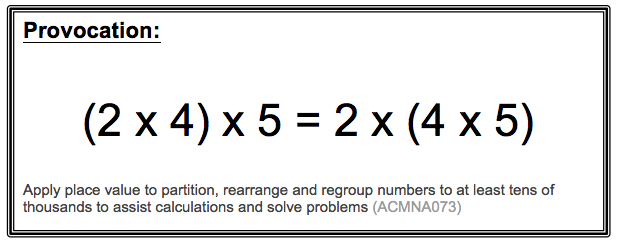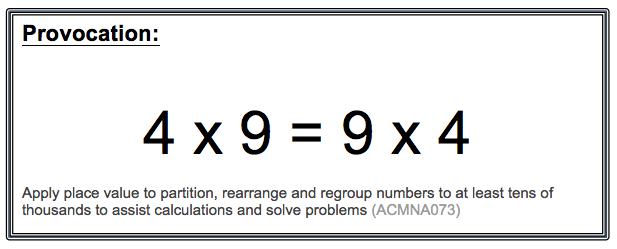This morning I had the opportunity for some quality time with Year 2. I wanted to see what they could do with numberlines. And how they could use them to explain addition and subtraction.
So we started off with a strip of paper that we wrapped around our heads - seemed like the best place to start.
Using the paper strips, we measured the circumference of our heads and then compared to see who had the biggest. Contrary to expectations that the teacher would have the biggest head because (i) he was older and (ii) he had more brains, we found that while my head has a circumference of 57cm, one of the students' heads had a circumference of 61cm.
We compared strips of paper and found that, yes, one was indeed longer than the other. I asked them if they knew a word that would describe that bit of overlap - but couldn't draw out the word "difference" so I had to tell them.
"Oh yeah, we know that," they said.
Next, we had a general chat about how to draw a numberline and then had a go at representing our head data:
57cm + ? = 61cm
This they did (sorry, no photos of this bit) as it was quite an easy calculation to make. The answer (4cm) was never going to be a surprise but I wanted to see them using a known fact before we explored any further.
Then I asked them to use a numberline to show me:
57 + 14 = ?
And so the fun began!
Here is what we came up with...
So, in one jump we go straight from 57 to 71. This is mathematically correct but shows me nothing about using a numberline or the process behind the operation. I asked for more information - and got a blank stare.
Another student started with this idea - what if I jump by 10 straight to 67? But, seeing that space was running out, she wiped out the line and started again...
...to produce this one. Add one jump of 10 and then another jump of 4. Good work!
But then we had this solution. According to this representation, 57 + 14 = 70. I put it to the group that this one was the correct answer and that 71 was incorrect, which threw them a bit.
"Look!" I said. "There are 14 jumps under the number line. So 57 + 14 must equal 70."
They knew it couldn't be but couldn't see why.
Here's where it gets messy. As the numbers get closer together, there student runs out of room and ends up skipping one of the jumps that he is numbering, so the jump between 69 and 70 is not labelled. Yes - we do need to be careful when construct a numberline.
So what?
This was just an introductory activity to get an idea of what the Year 2 students understood about numberlines.
As a result:
1. we talked about some of the important features, such as labels, direction, accuracy and infinity
2. we talked about how to make "provable" jumps, not just blind leaps to apparently random answers
3. we modelled addition on a numberline
4. we laid the groundwork for future explorations using numberlines for other applications
5. we had some fun and I got to meet a few students who I didn't know before. Looking forward to getting back in to see them on a regular basis.




















